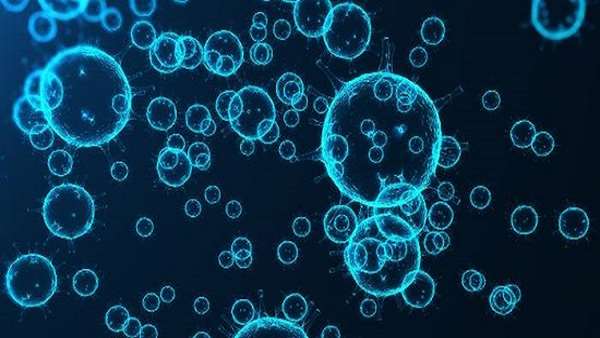Stem cell-derived exosomes - an emerging tool for myocardial regeneration
Cardiovascular diseases (CVDs) continue to represent the number one cause of death and disability in industrialized countries.
Cardiovascular diseases (CVDs) continue to represent the number one cause of death and disability in industrialized countries. The most severe form of CVD is acute myocardial infarction (AMI), a devastating disease associated with high mortality and disability. In a substantial proportion of patients who survive AMI, loss of functional cardiomyocytes as a result of ischaemic injury leads to ventricular failure, resulting in significant alteration to quality of life and increased mortality. Therefore, many attempts have been made in recent years to identify new tools for the regeneration of functional cardiomyocytes. Regenerative therapy currently represents the ultimate goal for restoring the function of damaged myocardium by stimulating the regeneration of the infarcted tissue or by providing cells that can generate new myocardial tissue to replace the damaged tissue.
Stem cells (SCs) have been proposed as a viable therapy option in these cases. However, despite the great enthusiasm at the beginning of the SC era, justified by promising initial results, this therapy has failed to demonstrate a significant benefit in large clinical trials. One interesting finding of SC studies is that exosomes released by mesenchymal SCs (MSCs) are able to enhance the viability of cardiomyocytes after ischaemia/reperfusion injury, suggesting that the beneficial effects of MSCs in the recovery of functional myocardium could be related to their capacity to secrete exosomes.
Ten years ago, it was discovered that exosomes have the unique property of transferring miRNA between cells, acting as miRNA nanocarriers. Therefore, exosome-based therapy has recently been proposed as an emerging tool for cardiac regeneration as an alternative to SC therapy in the post-infarction period. This review aims to discuss the emerging role of exosomes in developing innovative therapies for cardiac regeneration as well as their potential role as candidate biomarkers or for developing new diagnostic tools.
Reference:https://www.wjgnet.com/1948-0210/coretip/v10/i8/106.htm





ارسال به دوستان